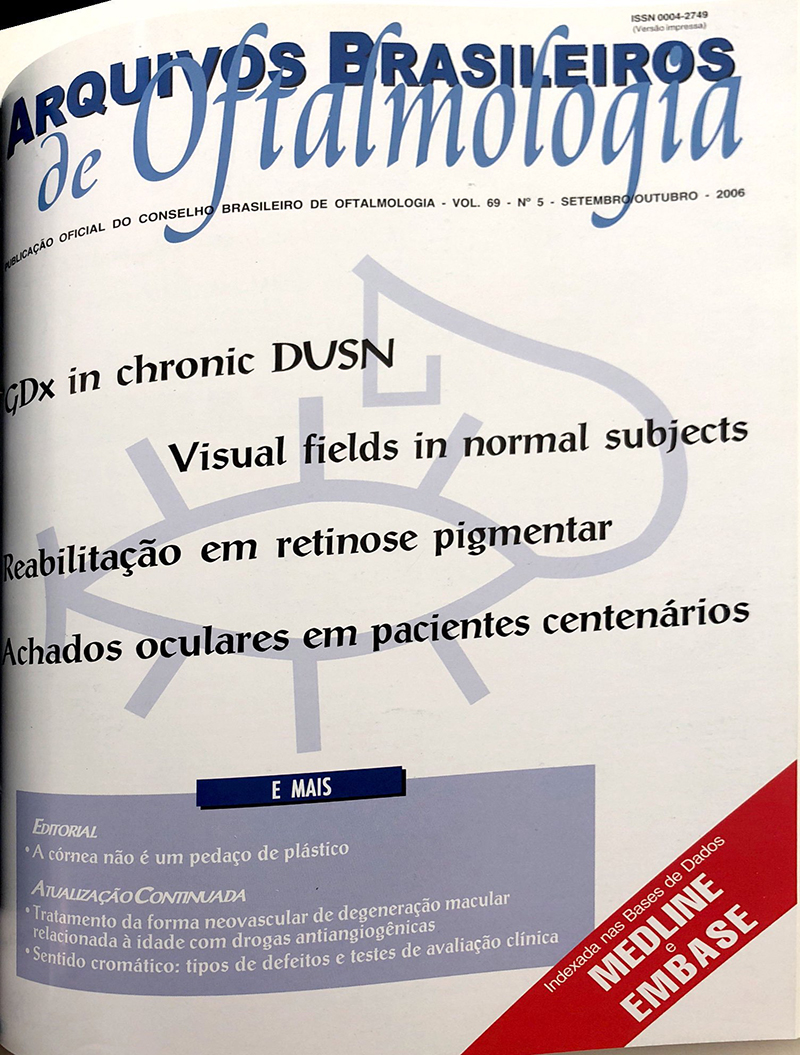PURPOSE: To review all cases of orbit exenteration performed at the Orbit Sector, Ophthalmology Department - Federal University of São Paulo, from 1998 to 2003. METHODS: We reviewed conditions leading to orbital exenteration in 21 patients at the Orbit Sector of Unifesp-EPM from August 1998 to May 2003. Data regarding sex, age, race, primary lesion site, visual acuity at the moment of diagnosis, previous surgeries related to the exenteration, type of performed surgery, histopathologic diagnosis, postoperative complications and use of adjuvant treatment were collected. RESULTS: 21 patient charts were retrospectively analyzed. Ages ranged from 5 to 91 years (mean of 58.5 years). Of these, 12 were male and 9 were female, most of them Caucasian. All lesions that led to exenteration were malignant neoplasias; however, none were metastatic. Lesions originated from eyelids in twelve patients, from bulbar conjunctiva in six and from the orbit in three. Cases were also classified as squamous cell carcinoma (eleven cases), basal cell carcinoma (four cases), sebaceous gland carcinoma (two cases), rhabdomyosarcoma (two cases), mucoepidermoid carcinoma (one case) and adnexal microcistic carcinoma (one case). Visual acuity at the moment of diagnosis ranged from 20/40 to no light perception. Only six patients had been submitted to previous surgeries related to the exenteration. After surgery, three patients suffered graft necrosis, one presented ethmoidal sinus fistula to the orbit and one presented orbital socket shrinkage. Six patients needed postoperative radiotherapy and two had been previously submitted to chemotherapy. CONCLUSION: Most patients analyzed in our study presented lesions that are usually small in the beginning; however, they can disseminate to the orbit in the absence of adequate treatment.
Keywords: Orbit evisceration; Eye enucleation; Carcinoma; squamous cell; Eye neoplasms; Neoplasm invasiveness
